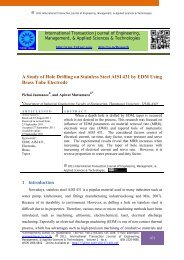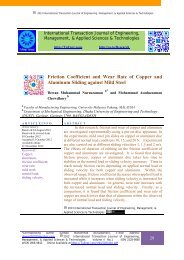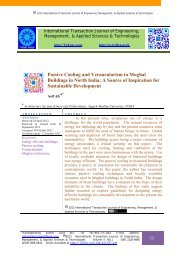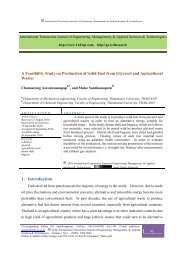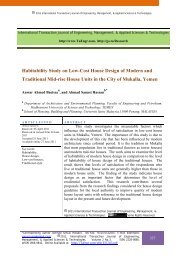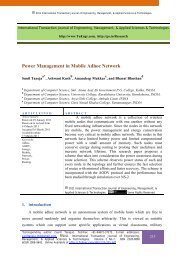Setting up of a Kenya National Domestic Violence Call Center (K ...
Setting up of a Kenya National Domestic Violence Call Center (K ...
Setting up of a Kenya National Domestic Violence Call Center (K ...
You also want an ePaper? Increase the reach of your titles
YUMPU automatically turns print PDFs into web optimized ePapers that Google loves.
the solution. It entailed: (i) Fact finding – This was done by building undersatanding <strong>of</strong> the<br />
reporting mechainisms currently in place addressing domestic violence. From this<br />
understanding, the strengths and weaknsess <strong>of</strong> the mechanisms will be identified and used to<br />
inform the formulation <strong>of</strong> strategies to address the limitations. (ii) Recording <strong>of</strong> facts – This<br />
was done at every stage where all the data acquired was verified, checked for relevance and<br />
then recorded for use. (iii) Compiling <strong>of</strong> data – All the collected data was compiled to form<br />
a meaningful sequence <strong>of</strong> activities to be done to achieve the objectives.<br />
System design was the most crucial stage in this research where features <strong>of</strong> the new system<br />
were specified. The activities involved in system design were: (a) Program flowcharting,<br />
which is a detailed data flow diagram (DFD) <strong>of</strong> the project activities. (b) Design <strong>of</strong> the<br />
graphical depiction required to make the flow <strong>of</strong> the program logical and consistent with the<br />
flowcharts constructed. (c) Design <strong>of</strong> the geodatabase to accommodate the geographic<br />
datasets required to run the system, and (d) Design <strong>of</strong> the required output formats. The design<br />
<strong>of</strong> the system was structured, since it is the blue print <strong>of</strong> the automated solution to a given<br />
problem (Stroustr<strong>up</strong>, 2009; Tucker et al, 1995). The tools and techniques used for design<br />
include: (a) Flowcharts; (b) Data Flow Diagrams; (c) Data Dictionary; (d) Structured English<br />
and (e) Decision table. The system developed in this research comprises <strong>of</strong> 4 modules: (a)<br />
Display query-defined features; (b) Spatial Analysis; (c) Export to KML and (d) Database<br />
editing<br />
2.3.1 Display QueryDefined Features<br />
This is the main module which will provide the advocate with the interface to capture caller<br />
details (figure 4). The system will simulate the automatic call location by loading the location<br />
<strong>of</strong> the Base Stations (referred to as Master Switching Stations) in a list from where the advocate<br />
will select the specific location and then will quickly access accurate information about the<br />
nearby resources i.e. the help providers/centers.<br />
In this module, the location field <strong>of</strong> the <strong>Call</strong> Origin feature class is referenced by the system<br />
such that it populates the <strong>Call</strong> Location field in the <strong>Call</strong>er Details form. The advocate will then<br />
fill the particular caller needs, which once appropriately entered and the Query Command hit,<br />
the system will automatically create a buffer (whose distance is dependent on the area category<br />
*Corresponding author (David Kuria). Tel: +254-727-399208. E-mail address:<br />
dn.kuria@gmail.com. 2012. International Transaction Journal <strong>of</strong> Engineering, Management,<br />
& Applied Sciences & Technologies. Volume 3 No.1 ISSN 2228-9860 eISSN 1906-9642.<br />
Online Available at http://TuEngr.com/V03/55-74.pdf.<br />
63





